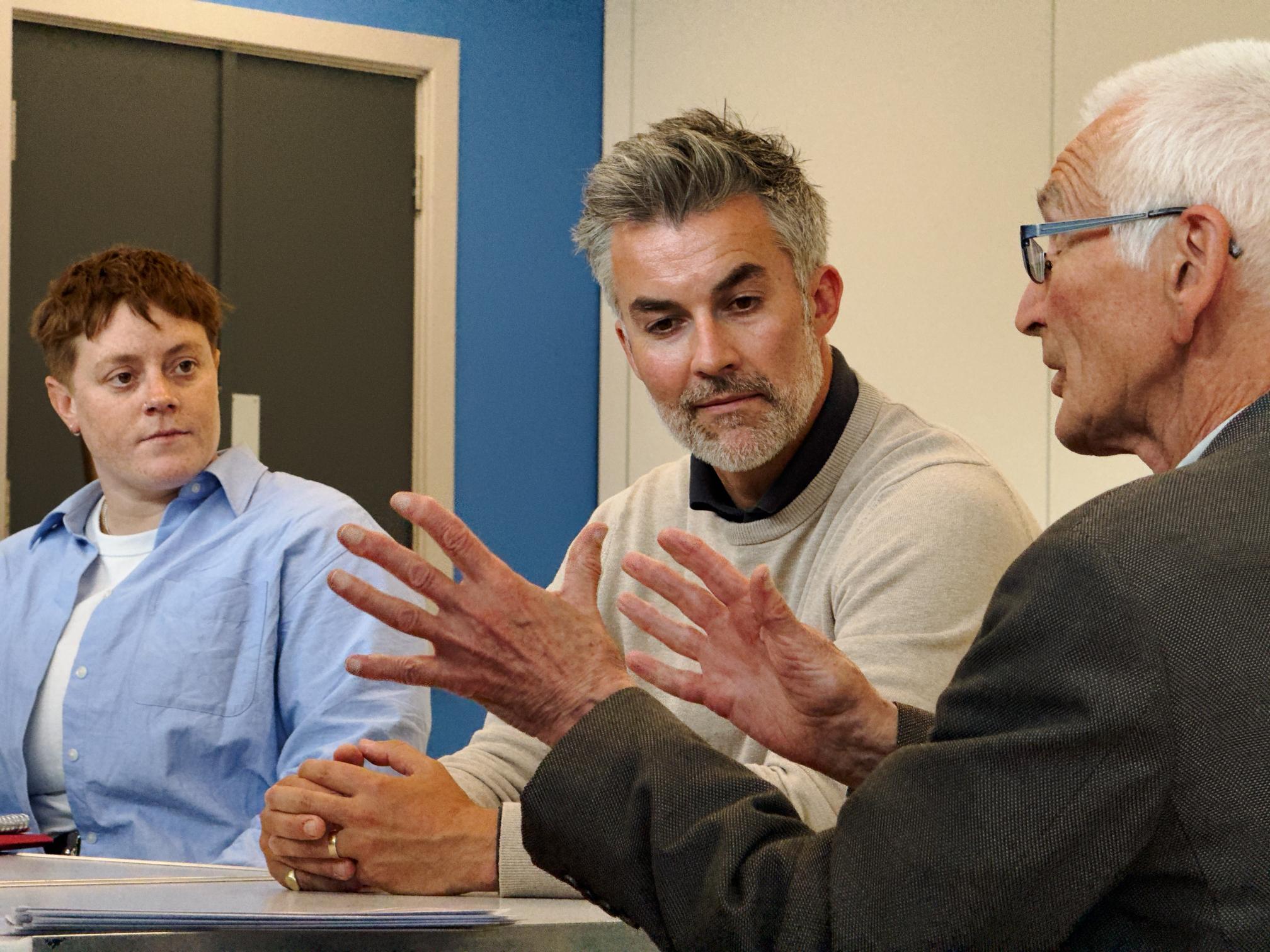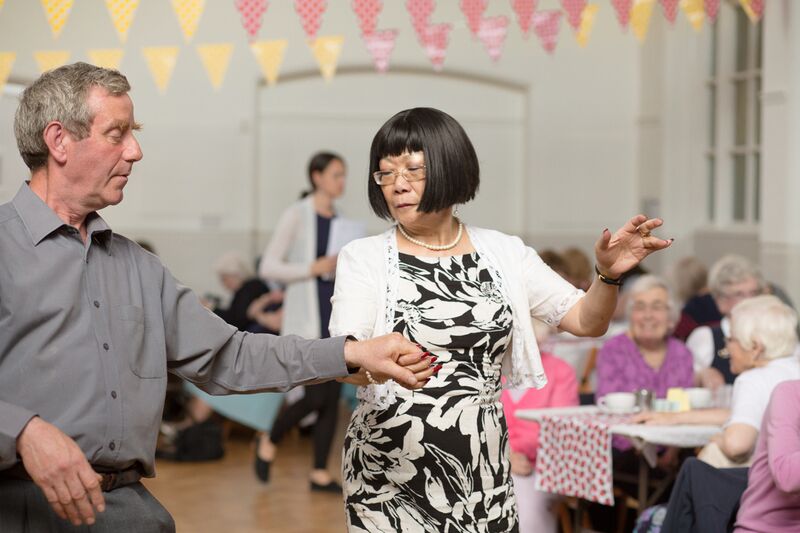The area to the south of the Grand Union Canal adjacent to ‘Little Venice’ is dominated by St Mary Magdalene Church, a fine Grade I listed example of Gothic revival architecture, built in 1878.
Westbourne ward, where the church sits, is the second most deprived ward in London with 83% of children under 15 coming from families dependent on in-work benefits. Social isolation, poor health and low levels of skills and confidence are endemic. Many residents are excluded from the social, cultural and economic opportunities of central London and some are at risk of alienation from wider society, or even radicalisation; Mohamed Emwazi – Jihadi John – was a pupil at St Mary Magdalene primary school.
St Mary Magdalene (or ‘St Mary Mags’ as it is known locally) used to sit cheek by jowl with some of the most notorious slums in the city. When they were pulled down in the 60s, the church was left in splendid isolation amidst the low-rise estate built to replace them. As was common at the time, community spaces were in very short supply.
In the early 21st century, the church got by on a hardcore congregation of a couple of dozen on a Sunday with some location fees thrown in; scenes from the film of Les Miserables and the BBC TV drama, Taboo were filmed there. As a Grade One listed church, it could never have been turned into flats; its future was to stand there until it fell down, a thing of beauty in the midst of a deprived and under-served neighbourhood, whose doors were locked to the community outside of service times.
The newly minted name for the centre is the Grand Junction at St Mary Magdalene’s Paddington – except the name is not such a new one. ‘Grand Junction’ was the original name of the Grand Union Canal, which stands just yards away from the church, and that name is a handy way of describing how the diverse communities of the area come together at the centre, both in a spiritual and secular sense. 49% of residents were born outside the UK and there are 78 nationalities at local secondary school, Westminster Academy. High numbers speak Arabic and Sylheti and there is a large Muslim population.
On a typical day there now, you will find schools groups learning about the local history of their area, creative writing courses for the over 60s and workshops for locals on English for speakers of other languages (ESOL), as well as a thriving canal-side café. Truly a multi-cultural non-denominational community business.
What is more the name is a handy reminder that it was the canal that came first as the prime mover of development in the area; although Paddington is associated in most people’s minds with a railway station (and a fictional bear who was abandoned there), there was already a waterborne highway through the area driving trade and traffic into this part of north west London in the first years of the 19th century.
In 2011, the General Synod of the Church of England permitted the leasing of consecrated churches, which continued in use for worship, to outside organisations for the first time. St Mary Magdalene’s lease to Paddington Development Trust is the first example under the new legislation. In effect this is the first community business in England to have a lease on a church, whose revenues are generated by the cafe and space hire.
Open in late summer 2019, the cafe sits in a refreshment desert; locals would have to go as far as the forbidding and unfriendly Paddington Basin commercial complex half a mile away for cuppa. Being situated right by the towpath of the Grand Union Canal, it can also serve an increasingly busy pedestrian and cycle route. It is also a place where the rich and the poor from both sides of the canal can mix and meet; on one side is Warwick Avenue with houses that sell for upwards of £5 million and on the other is one of the most deprived districts in London.



